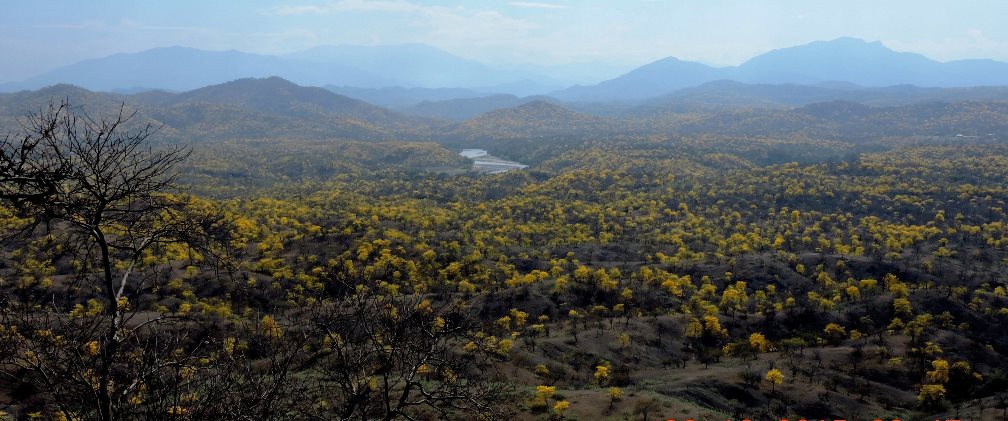Latin America has committed to restoring 27.7 million hectares of forest landscapes by 2020 under the Bonn Challenge. But how ready are the legal frameworks in the region to advance this goal, and how effectively are they being implemented?
To shed light on the state of governance of Forest Landscape Restoration (FLR) in Latin America, scientists at the Center for International Forestry Research (CIFOR) and Sao Paulo University in Brazil analyzed the legal frameworks of 17 countries in the region.
The study aimed at decision-makers and practitioners across the public, private and non-profit sectors, examines legal frameworks regulating the restoration of forests, gauges the perceptions of local actors on their implementation, and offers key recommendations to help take FLR from paper to reality.
Brazil, Colombia, Ecuador and Guatemala, for instance, already have national plans to advance the agenda, and other countries in the region are drafting theirs in response to the Bonn Challenge — a global effort to restore 150 million hectares of deforested and degraded land by 2020 and 350 million hectares by 2030.
However, “plans do not specify what sort of bottlenecks need to be overcome when it comes to executing them on the ground,” says Manuel Guariguata, CIFOR researcher and co-author of the study.
“The existing legal frameworks could be used to foster restoration, and there is political momentum to achieve FLR goals,” adds co-author Daniella Schweizer.
Next steps in research include the identification of social, economic and political indicators — not only ecological ones — to assess how likely a potential FLR intervention is to succeed in a given context, she says.
She also mentions the need to conduct further research on how to make restoration “more cost-effective and attractive,” while safeguarding the goals of increasing biodiversity and ecosystem services.
A third priority is to continue gauging the perceived barriers to FLR implementation by stakeholders in the field. For this researcher, “restoration should not be an academic or theoretical discipline, but involve the various actors on the ground.”
Photo of dry forest in Ecuadorby P. Hildebrandt / Technical University of Munich (TUM).

